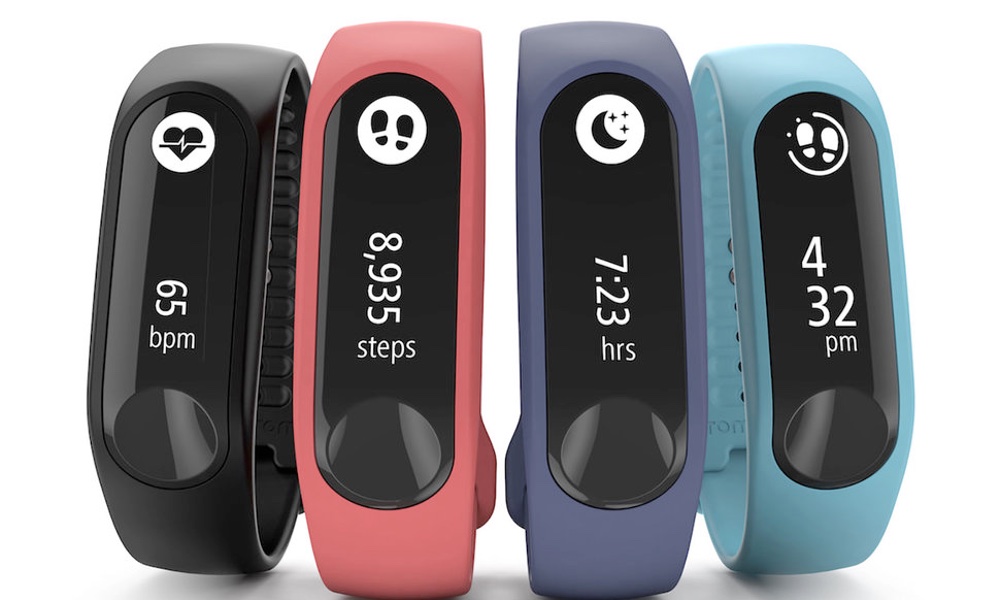When it comes to heart health, red wine is considered the consummate healthy alcoholic beverage while beer is just, well, beer. However, a report from the American Dietetic Association might just change the way people think about brewski.
'Beer is finding redemption not only as a class libation with deep roots in many cultures, but as a beverage with benefits.'
In a press release from the American Dietetic Association, ADA Spokesperson Andrea Giancoli said, "Red wine enjoys a reputation for sophistication and health benefits, but as interest in artisan brewing gains momentum and emerging research reveals unique nutrition properties, beer is finding redemption not only as a class libation with deep roots in many cultures, but as a beverage with benefits."
Beer enjoys the distinction of being one of the oldest and most popular alcoholic beverages. Brewers are experimenting with different combinations of ingredients and processes to make new and exciting versions of the brew, but beer remains simply a beverage enjoyed as much with a burger as with a five star meal.
For men who suffer from kidney stones, beer seems to be more effective at lowering the risk of developing more of them than other alcoholic beverages. This may be due to its high water content and diuretic effect or to certain compounds in beer that slow the release of calcium from the bone for those who form calcium stones. Furthermore, moderate alcohol consumption is associated with stronger bones, but beer drinkers may receive even more bone health benefits, perhaps because of the protective effect of silicon in beer.
From a nutrition standpoint, beer is the clear winner. Two-thirds of the calories in beer are supplied by alcohol while carbohydrate makes up about one-third of the calories. A serving of wine gets about 12 percent of calories from carbs and with the other 88 percent coming from alcohol. Fat is non-existent in both beer and wine. Twelve ounces of beer provide just under two grams of protein while red wine contains practically none. Beer contributes more to fluid intake than wine does because it contains more than twice as much water.
Beer provides more fiber, vitamins, and minerals than wine. Since it is made from barley and hops, it contains approximately 2 grams of soluble fiber per liter. The beverage also contributes the B vitamins niacin, riboflavin, pantothenic acid, folate, and B6. The bacteria that are used to colonize the barley grains before they are converted to malt contain vitamin B12, a vitamin rarely found in plant foods. Beer is higher in the minerals selenium and silicon than wine is, but both contain about the same amount of potassium, magnesium, phosphorus, and fluoride.
Red wine may be famous for its polyphenols and antioxidants, but it is not known how usable they are by the body. It seems that the antioxidant, ferulic acid, from beer is absorbed by the body more efficiently than it is from a tomato, though there is no proof that this antioxidant has a role in health.
- The more malt in the brew, the more B-vitamins.
- The more sugar in the wort, the more alcohol.
- The more hops, the more phytochemicals.
- "Light beers" are brewed to be lower in alcohol, carbohydrates, or both.
- Similarly, "low-carb" beers are typically brewed to remove the carbohydrates.
- Darker beers have more fiber.
Giancoli offers this reminder about alcohol consumption: "Whether you’re exploring cultural roots of an ancient beverage, expanding your culinary prowess, supporting a local brewer, or just enjoying a cold one, remember that moderate consumption means one 12-ounce beer per day for women and two for men."
The report is found in the Winter 2011 issue of the American Dietetic Association’s member publication, ADA Times.




